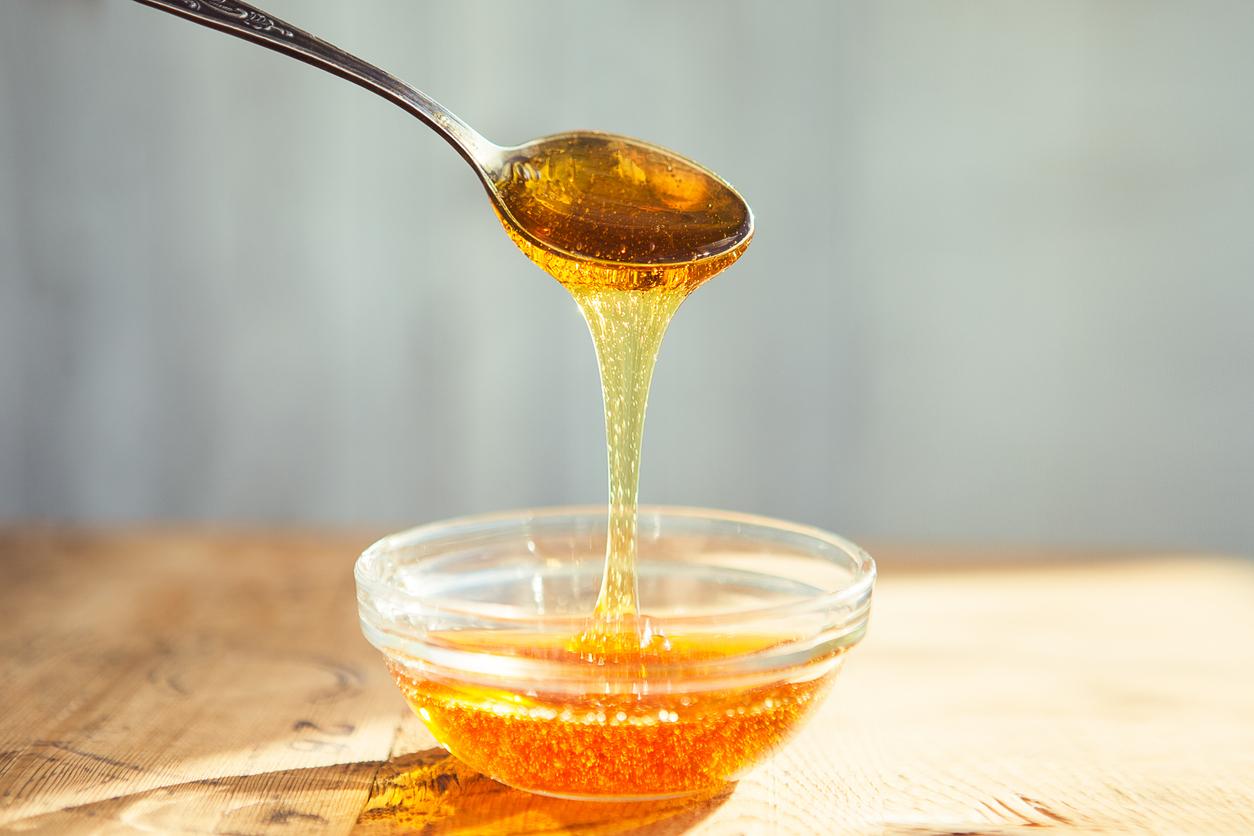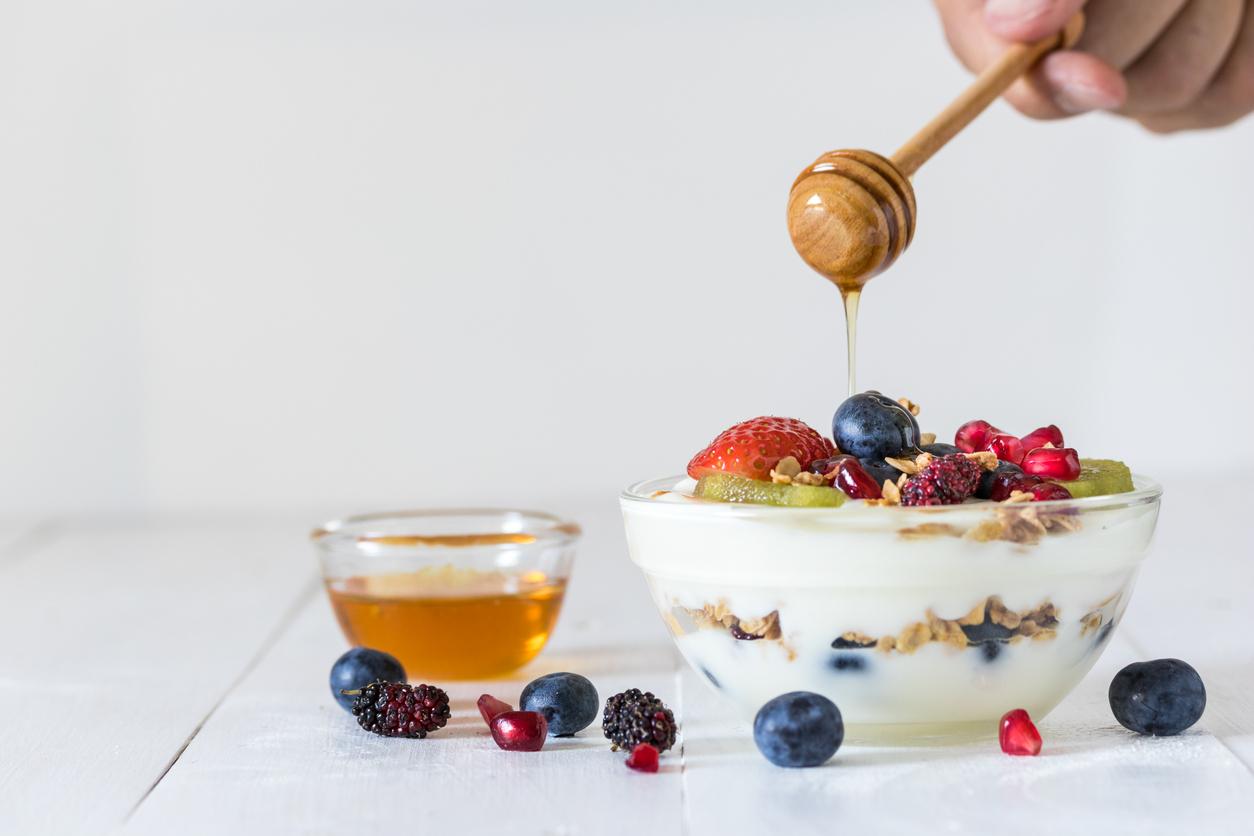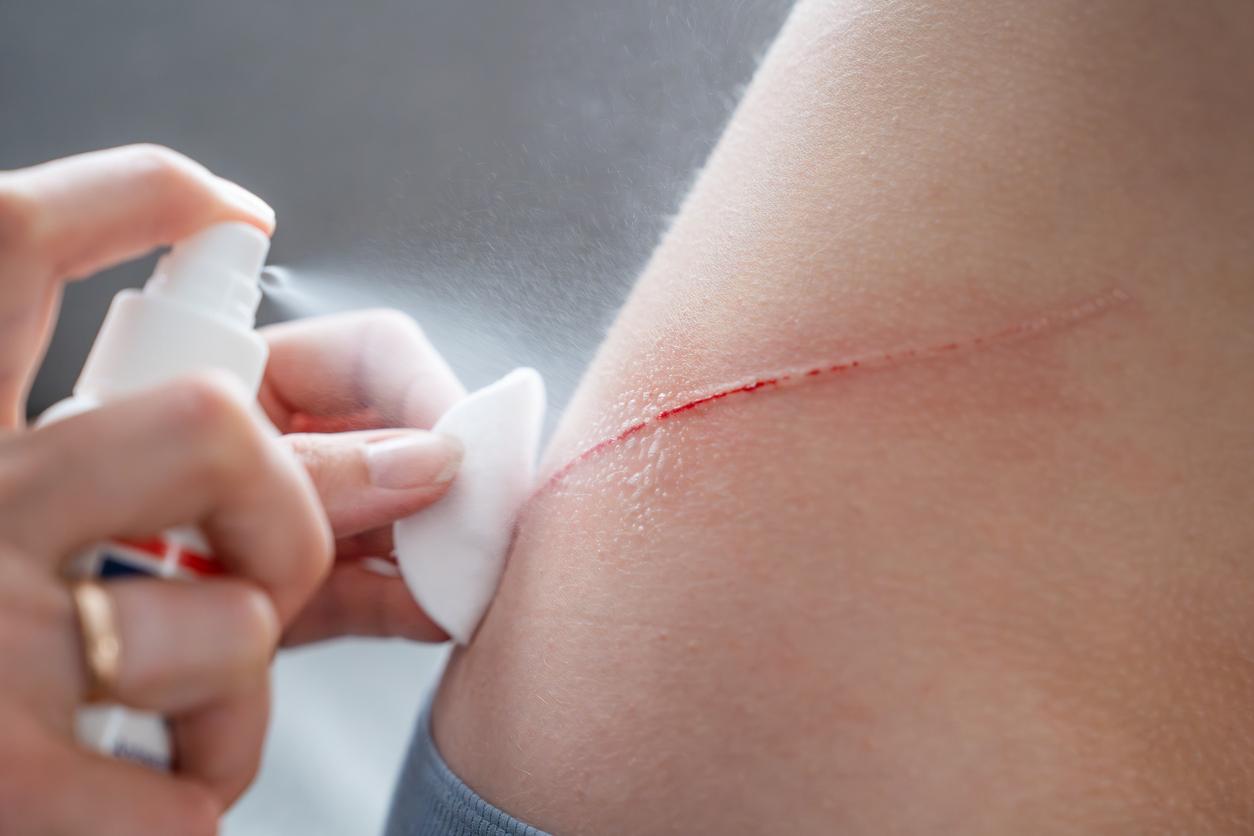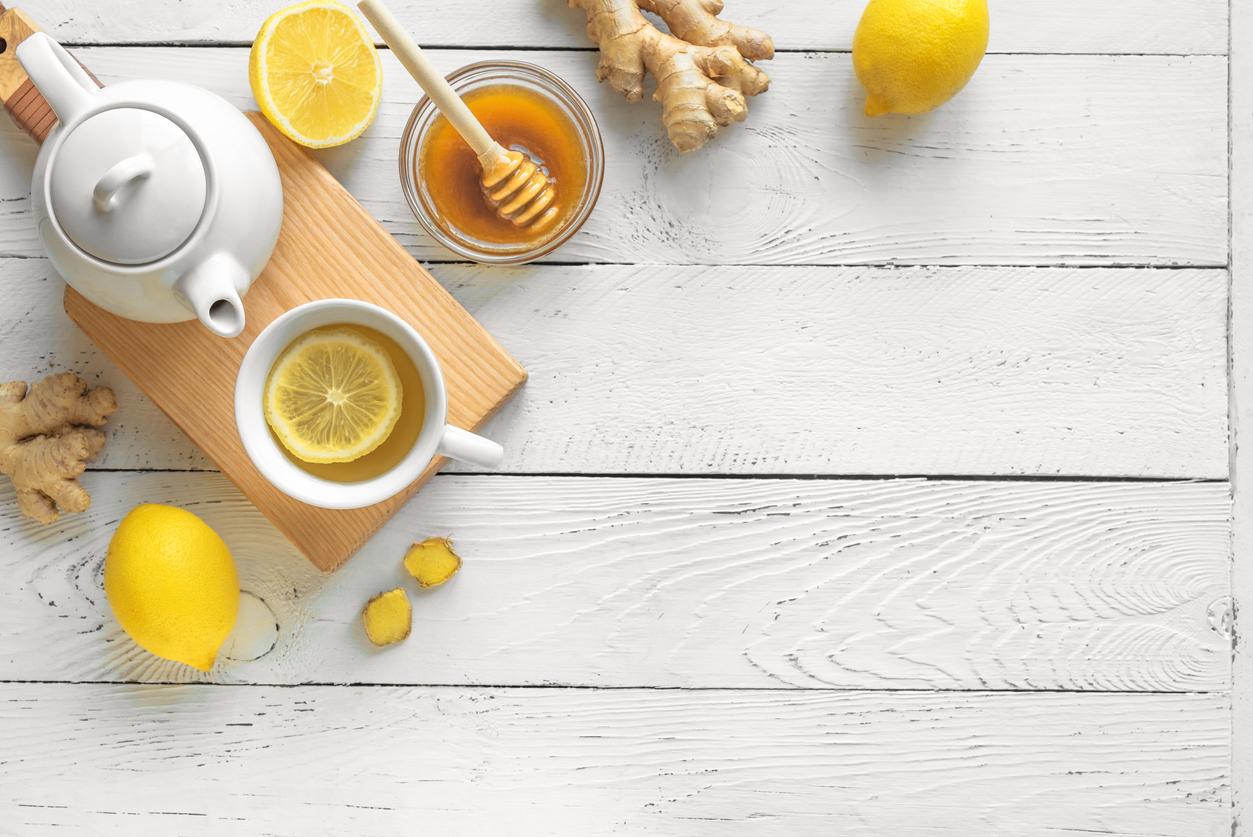A clever mixture of glucose, fructose, sucrose, vitamins, minerals, trace elements and even a little protein, honey contains organic acids (including formic acid, which gives it beneficial effects against sore throats and cough) and enzymes. Brought by bees, the latter allow a pre-degradation of sugars and make honey a particularly digestible ingredient. All honeys are stimulating, healing, antimicrobial, anti-inflammatory; they also promote the absorption of minerals (calcium, magnesium). The ivory (linden), brown (heather) or yellow (sunflower) hue is linked to the pigments of the foraged plant: the darker it is, the more the honey contains antioxidant and anti-inflammatory flavonoids.
A natural asset against winter ailments
“It’s more of an antiseptic, because it fights against several types of microbes, specifies Olivia Metral, doctor of pharmacy, unlike antibiotics, which target a family of germs. Among the hundreds of honeys tested by Pr Bernard Descottes at the University Hospital of Limoges, thyme honey is the most antiseptic. And the most used in the hospital, especially to treat wounds. It is also anti-inflammatory (against sore throat), expectorant (bronchial thinner) and, like all honeys, prebiotic (it maintains the intestinal flora, essential for immunity). Other antiseptic honeys: heather, sunflower, chestnut, fir, rosemary, lavender, lime and honeydew. »
Acacia honey, the anti-craving ally
Acacia honey has GI (glycemic index) the lowest: “It is recommended for breakfast to avoid cravings, as well as for diabetics”, explains Olivia Metral. But it’s still sweet! Each honey has its GI: “that of acacia varies from 32 to 53, depending on the source, those of heather and chestnut are “good students”, explains Isabelle Avisse, beekeeper. The others are around 55 to 60, or even 88 for honeydew, due to a lower fructose content and a high level of melezitose (sugar from sap-sucking insects)”. As honey is more “sweet” in the mouth and less caloric, it is estimated that 10 g of sugar (40 Cal) can be replaced by 7.5 g of honey (22 Cal).
It is used at the end of cooking in dairy desserts (rice pudding, dessert creams, oatmeal…) or in “wet” doughs (muffins, cakes…) knowing that it will give a less leavened final result. It is not a good pastry aid when trying to inflate and crisp: we forget it for meringues, macaroons… And it loses its properties when it is heated.
What honey for what effect?
Acacia : painkiller (digestion, constipation, etc.).
Heather: against urinary disorders (cystitis, prostatitis, etc.).
Chestnut: antiseptic and toning (circulation).
Rapeseed: anti-heartburn, promotes transit. Soothing.
My Heartburn Fighting Foods
Eucalyptus: against respiratory and urinary diseases. Also boosts immunity.
Lavender : respiratory and skin antiseptic, anti-cough, flu…
Manuka : antiseptic.
Orange tree: sedative.
Rosemary: antiseptic, against hepatic and gallbladder disorders.
Fir : respiratory antiseptic. Sedative.
Thyme: antiseptic, anti-inflammatory and expectorant. soothes menstrual disorders.
“All flowers”: prevents hay fever.
Source: “My health-slimming food bible”, Anne Dufour, ed. Leduc.s.
Ideas for every day
On white cheese
1 C. c. of honey with a few slivers of walnuts, diced dried figs and a little cinnamon.
To marinate chicken strips
Mix the juice of one lemon, 2 tbsp. at s. olive oil, 1 tbsp. at s. liquid honey and a little cumin powder.
Marinate the chicken strips for 1 hour before frying them quickly.
To glaze a salmon steak
Heat 1 tbsp. at s. sesame oil in a skillet with 1 tbsp. at s. honey and a little paprika, then fry the salmon steak.
In a wok of vegetables
Add 1 tbsp. c. honey at the end of cooking, a dash of soy sauce and sesame seeds.
My Honey Vinaigrette
Whisk 1 tbsp. c. old-fashioned mustard with 1 tbsp. c. of honey and 3 tbsp. at s. of walnut oil, then add 3 tbsp. at s. cider vinegar. Top with a warm goat cheese salad!
My grog against the sore throat
Pour the juice of one lemon into a cup of hot water, add 1 tbsp. c. thyme honey.
Read also:
Honey would be a super antifungal
Honey, pollen and royal jelly: what they treat
Healing or energizing: how to choose the right honey?
















